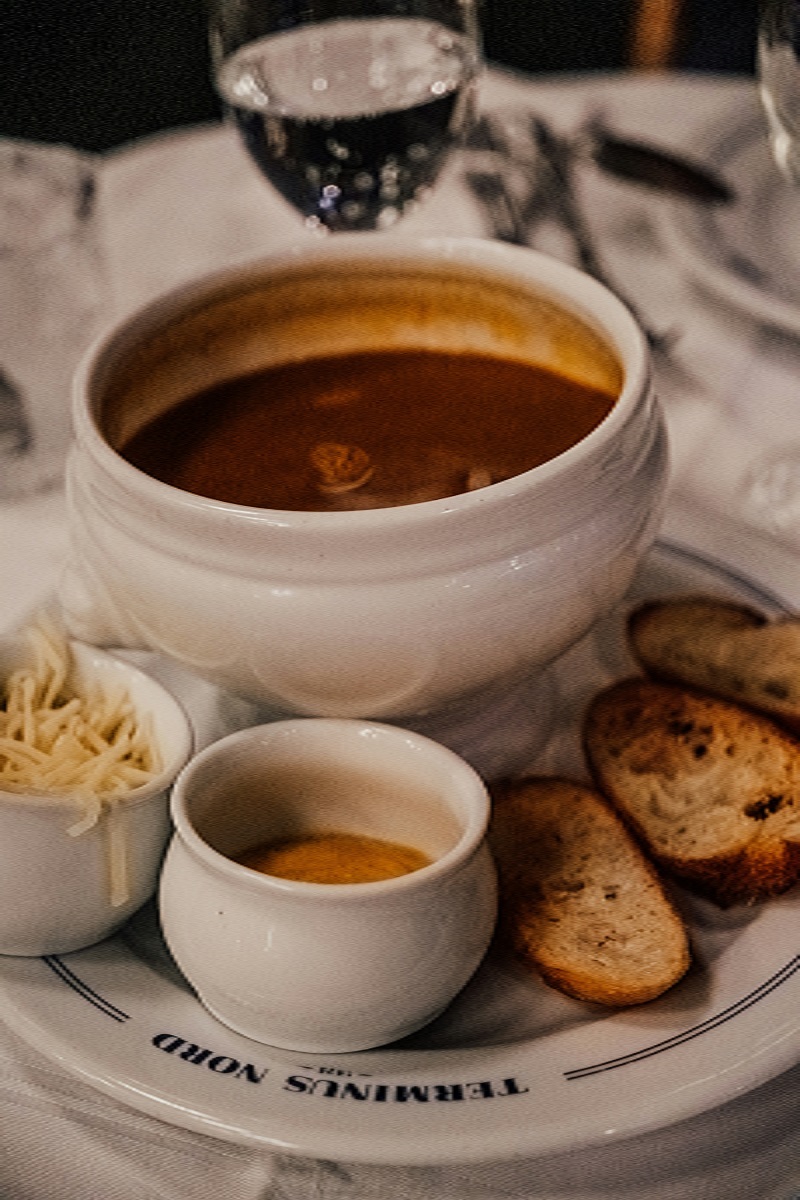Introduction
Enchilada sauce is an essential component of traditional Mexican cuisine, known for its rich and smoky flavor that complements enchiladas, burritos, tacos, and other dishes. Making your own enchilada sauce at home ensures you get the most authentic taste without preservatives, while allowing you to control the spice level and flavor profile. This homemade version is quick, simple, and packed with robust flavors.
Enchilada Sauce Recipe Ingredients
- 2 tablespoons vegetable oil
- Provides a base for sautéing the flour and spices.
- 2 tablespoons all-purpose flour
- Thickens the sauce to the right consistency.
- 2 tablespoons chili powder
- Adds heat and depth to the sauce; adjust based on your spice preference.
- 1 teaspoon ground cumin
- Enhances the earthy flavor.
- 1/2 teaspoon garlic powder
- Adds subtle aromatic flavor.
- 1/2 teaspoon onion powder
- Complements the garlic and adds depth.
- 1/4 teaspoon dried oregano
- Lends a hint of herbal notes.
- 2 cups chicken or vegetable broth
- Forms the liquid base of the sauce.
- 1/2 teaspoon salt (or to taste)
- Balances the flavors.
- 1/4 teaspoon ground black pepper
- Adds a touch of heat.
- 1 teaspoon tomato paste (optional)
- Gives a slight tang and richer flavor.
- 1/4 teaspoon smoked paprika (optional)
- Adds a smoky note for extra depth.
Equipment
- Medium saucepan
- Whisk
- Measuring spoons and cups
Instructions
- Heat the Oil
In a medium saucepan, heat 2 tablespoons of vegetable oil over medium heat. - Create the Roux
Sprinkle the flour into the oil and whisk constantly for 1-2 minutes until the mixture becomes slightly golden and bubbly. This forms a roux that thickens the sauce. - Add the Spices
Add 2 tablespoons of chili powder, 1 teaspoon cumin, 1/2 teaspoon garlic powder, 1/2 teaspoon onion powder, and 1/4 teaspoon dried oregano. Continue to whisk for about 30 seconds until the spices are fragrant. - Incorporate the Broth
Gradually pour in 2 cups of chicken or vegetable broth while whisking to prevent lumps. Ensure the mixture is smooth and fully combined. - Season and Simmer
Add 1/2 teaspoon salt, 1/4 teaspoon black pepper, and 1 teaspoon of tomato paste (if using). Bring the sauce to a simmer and cook for about 5-7 minutes, whisking occasionally. The sauce will thicken as it cooks. If you prefer a smokier flavor, stir in 1/4 teaspoon of smoked paprika. - Taste and Adjust
Taste the sauce and adjust the seasoning if needed. Add more chili powder for heat or salt for flavor enhancement. - Serve or Store
Use the sauce immediately for enchiladas, tacos, or other Mexican dishes, or let it cool and store it in an airtight container in the refrigerator for up to a week.
Serving Suggestions
- Classic Enchiladas: Use the sauce to coat corn or flour tortillas filled with meat, cheese, or vegetables.
- As a Dip: Pair with tortilla chips for a smoky, flavorful dip.
- Burritos or Tacos: Add a drizzle of enchilada sauce for extra moisture and spice.
- Casseroles: Use as a base sauce for baked Mexican-style casseroles.
Enchilada Sauce Recipe Benefits
- Rich in Antioxidants
Chili powder and paprika are rich in antioxidants that help protect cells from damage. - Customizable Spice Level
Adjust the chili powder and spices to control the heat level based on preference. - No Preservatives
Homemade sauce avoids preservatives and artificial flavors found in store-bought versions. - Low in Calories
This sauce is relatively low in calories and can be part of a balanced diet.
Variations
- Tomato-Enriched Sauce
Add an extra tablespoon of tomato paste or 1/4 cup of tomato sauce for a more pronounced tomato flavor. - Mild Version
Use less chili powder or substitute with mild paprika for a milder sauce. - Spicy Version
Add cayenne pepper or chipotle powder for an extra kick. - Smoky Chipotle Sauce
Replace regular chili powder with chipotle chili powder for a smoky flavor.
Tips
- Consistency: Adjust the thickness by adding more broth for a thinner sauce or simmering longer for a thicker sauce.
- Storage: Store in the refrigerator for up to a week or freeze in small portions for up to 3 months.
- Reheating: Reheat gently on the stovetop, adding a splash of water if it has thickened too much.
Nutrition Information (per serving, approximate)
- Calories: 60-80
- Protein: 1-2g
- Carbs: 5-7g
- Fat: 4-6g
- Fiber: 1-2g
